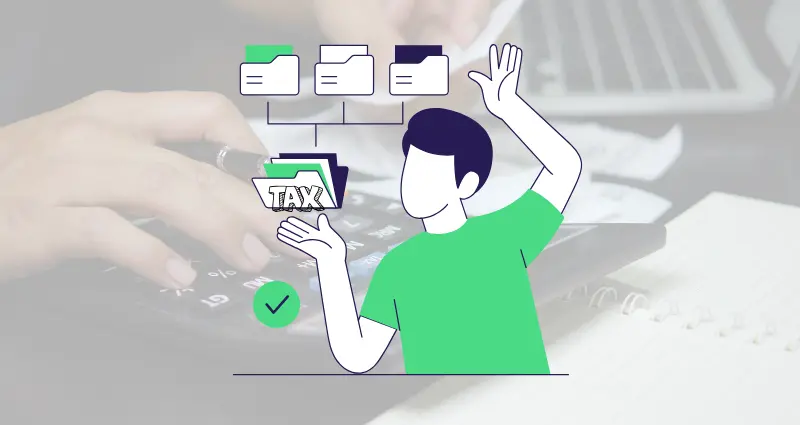How to Correct a Mistake After Sending a Tax Invoice (Without Getting Into Trouble)
Let’s be real: even the most experienced teams make mistakes on invoices. Maybe you entered the
wrong GSTIN, billed the wrong amount, or just forgot a critical detail. And now the invoice is
already sent—and worse, uploaded to the portal.
So… what do you do now? Don’t panic. This blog gives you a step-by-step guide to
fix invoice errors safely and legally without messing up your compliance trail.
💡 First, Why It Matters
Once a tax invoice is sent—especially under GST with e-Invoicing rules—you can’t just delete or
overwrite it like a normal document. Incorrect invoices can:
- Lead to ITC mismatches for your clients
- Raise compliance red flags
- And in worst cases, trigger penalties if left uncorrected
So if you’ve made a mistake, you need to follow the manage
e-invoicesofficial route to fix it. And do it fast.
✅ Step 1: Identify the Type of Mistake
Not all errors are equal. There are two broad types of invoice mistakes:
- Clerical Errors (e.g. spelling mistake, incorrect address, wrong item
description)
- Substantive Errors (e.g. wrong tax amount, wrong GSTIN, incorrect invoice
value)
Understanding this helps you decide the right correction route.
✅ Step 2: Use a Credit or Debit Note
If the invoice is already uploaded to the IRP (Invoice Registration Portal), you cannot cancel it
after 24 hours. Here’s how to correct it instead:
➤ Use a Credit Note if:
- You overcharged the client
- Billed for the wrong quantity or value
- Want to nullify the invoice completely
➤ Use a Debit Note if:
- You undercharged the client
- Need to increase the invoice amount due to missed charges
🛠 With software like Taxinvoice Pro, you can generate credit/debit
notes within seconds and link them back to the original invoice for seamless GST returns.
✅ Step 3: Cancel Only if Within 24 Hours
If it’s been less than 24 hours since uploading to IRP, you can:
- Cancel the e-invoice directly via your software
- Reissue a fresh corrected invoice
But after 24 hours, cancellation on IRP is not allowed—you must use a credit/debit note to
reverse or adjust the error.
✅ Step 4: Update in GSTR-1
Just fixing the invoice isn’t enough. You also need to make sure your corrections reflect in your
GST return. Here’s how:
- Report the original invoice + credit/debit note details in GSTR-1
- The system will auto-adjust it for the recipient in GSTR-2A/2B
- Ensure the client acknowledges the update, so ITC stays intact
✅ Step 5: Avoid Future Mistakes
Correcting invoices is messy. Preventing them is smarter.
📌 Here’s what tools like Taxinvoice Pro help you do:
- Auto-validate GSTINs before invoicing
- Pre-fill party data and item details
- Auto-sync with IRP and GSTN
- Add QR codes + e-sign in one click
- Maintain audit-proof logs for every change
🎁 Bonus: Common Mistakes That Can Be Prevented
| Mistake |
Prevention Tip |
| Wrong GSTIN |
Use auto-validation tool |
| Duplicate invoice numbers |
Let software auto-generate invoice
series |
| Incorrect tax rate |
Use tax mapping features |
| Manual errors |
Use templates & dropdowns instead of
free text |
🧾 Conclusion
Tax invoice errors are common—but they don’t have to be chaotic. Whether it’s a minor typo or a
major billing mistake, knowing the right steps can save you from compliance headaches and
unhappy clients.
With tools like Taxinvoice Pro, fixing mistakes (or
better—avoiding them) becomes part of your system, not a fire you keep putting out.
Have you ever had to fix an invoice after sending it? What worked—or didn’t
work—for you? Reply to this email or comment below—we’d love to learn from your experience.

